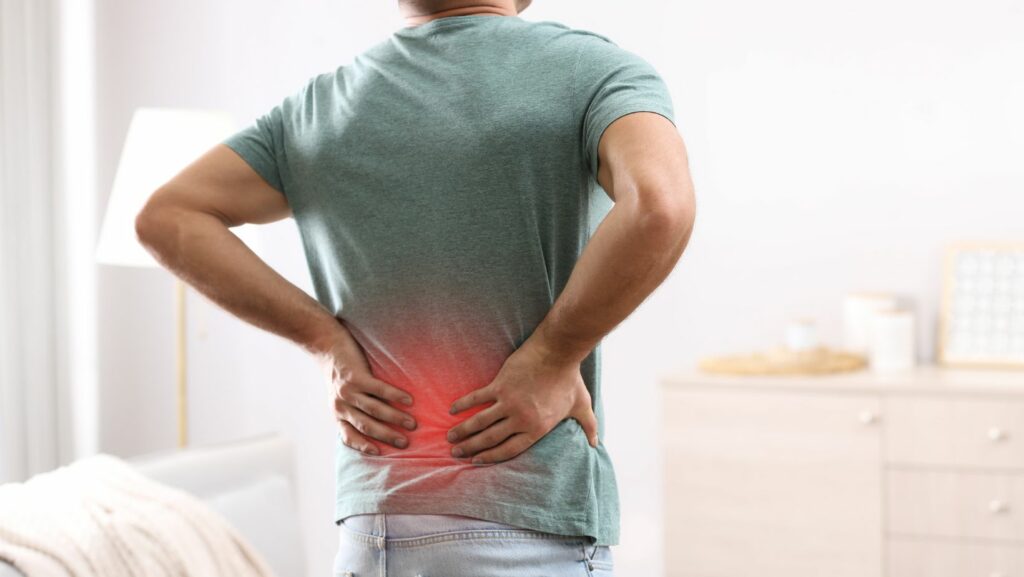If you’ve ever stood up from your desk and felt a dull ache in your lower back, you’re not alone. Back pain has become one of the most common daily complaints for people of all ages — and yet, most of us are missing one key move that could make a difference. While exercises and general stretching help, there’s one simple stretch that often goes overlooked, even in most basic routines. It’s a gentle hip flexor release, and it can be a game-changer — especially when supported by expert guidance from professionals like physio Eveleigh providers who understand how your whole body is connected.
What Do Hip Flexors Have to Do With Back Pain?
It’s easy to assume that if your back hurts, the problem must be in the back. But more often than not, tight hip flexors — the group of muscles at the front of your hips — are the real culprits. These muscles shorten from prolonged sitting, which places tension on your lower spine and pelvis. The result? Poor posture, limited movement, and ongoing strain that can lead to persistent back discomfort.
That’s why simply focusing on the back isn’t enough. You have to release the tension at the source. Enter: the hip flexor stretch.
The One Stretch You Shouldn’t Skip
The stretch itself is surprisingly simple, but the impact can be huge. Known as the kneeling hip flexor stretch, it gently targets the front of the hip and helps open up the area around your pelvis and lower back.
Here’s how to do it correctly:
- Start in a kneeling position with one knee on the ground and the other foot in front (a bit like a lunge).
- Keep your torso upright and gently shift your weight forward until you feel a stretch at the front of your back leg’s hip.
- Hold for 20–30 seconds, then switch sides.
- Repeat 2–3 times per side, once or twice a day.
Important: Avoid overarching your lower back or leaning too far forward — the goal is to open the hip, not strain the spine.
Why This Stretch Works for Everyday Pain
What makes this stretch particularly helpful is that it counteracts the posture most of us spend hours in — seated, slouched, and inactive.

Even if you go to the gym or stretch occasionally, tight hip flexors can undo a lot of your efforts if left unchecked. When these muscles stay tight, they pull on the lumbar spine, throw off your alignment, and reduce your range of motion. Releasing this tension helps restore balance and gives your back the space it needs to move freely and recover.
Pair Stretching with Simple Lifestyle Tweaks
The stretch alone can be powerful, but for lasting relief, it works best alongside a few daily habits:
- Change positions frequently: Don’t stay seated for more than 30–45 minutes without standing or walking.
- Adjust your desk setup: Make sure your screen is eye-level and your hips are slightly higher than your knees when seated.
- Strengthen your core: A strong midsection supports your spine and reduces the load on your lower back.
- Breathe deeply: Shallow breathing reinforces tension, especially in the chest and hips. Diaphragmatic breathing helps relax the whole body.
When to Get Professional Help
If your back pain is persistent, flares up regularly, or starts interfering with your sleep or mobility, it’s worth getting an expert involved. A qualified physiotherapist can assess how your body moves, identify any imbalances or restrictions, and tailor a recovery plan that suits your specific needs.
You might be surprised at how much better you feel after a single session that includes hands-on treatment, movement analysis, and targeted exercises. And most importantly, a physio can teach you how to prevent issues from returning — which is often the missing piece in self-guided stretching routines.
Small Habit, Big Impact
Daily back pain doesn’t always require complicated solutions. Sometimes, the answer is as simple as remembering to stretch the muscles you’ve been ignoring.

Adding the hip flexor stretch to your routine takes less than five minutes a day, but the benefits can ripple throughout your posture, mobility, and comfort levels. And with the right professional guidance, you can take those improvements even further — turning a small habit into a big win for your health and quality of life.

